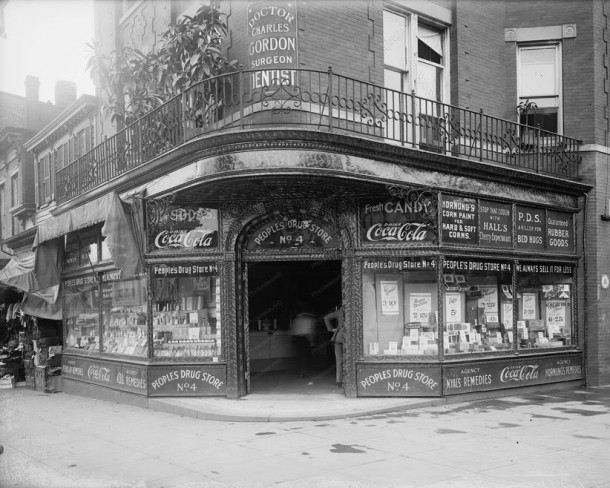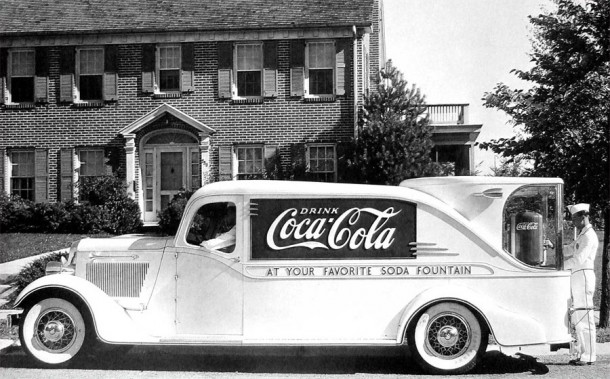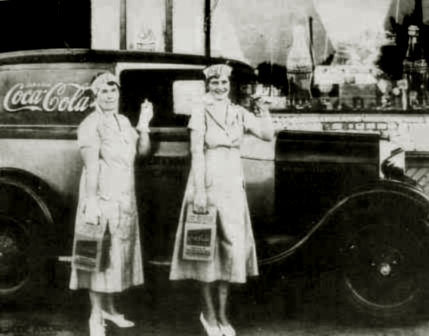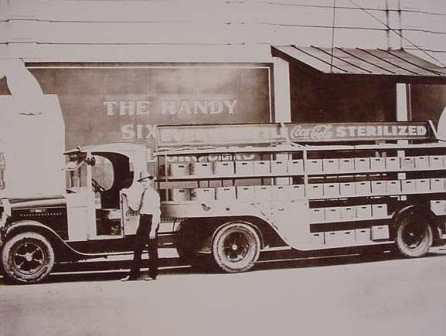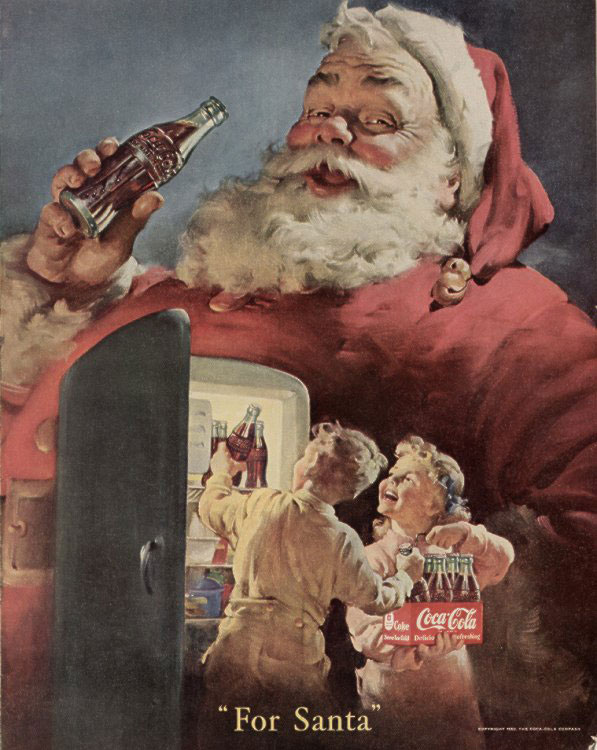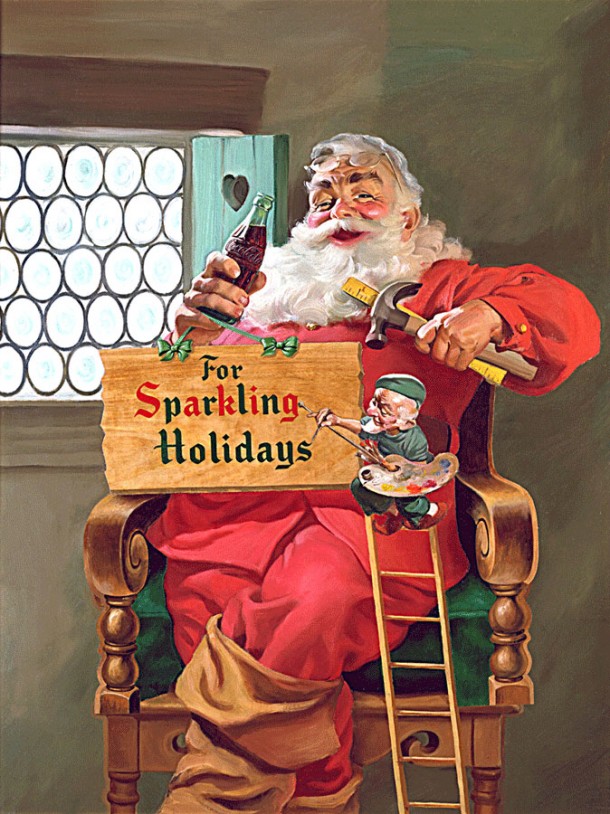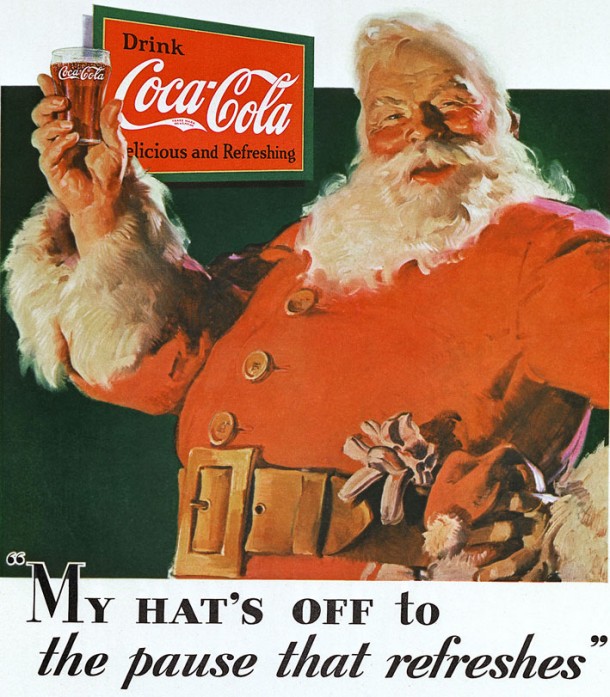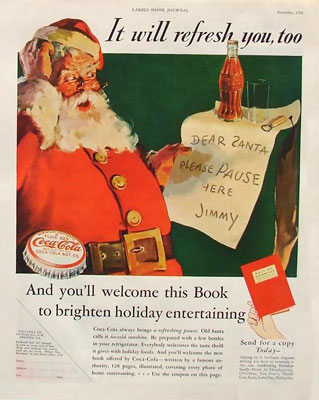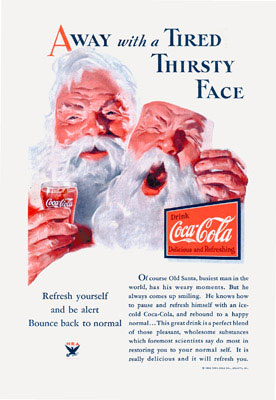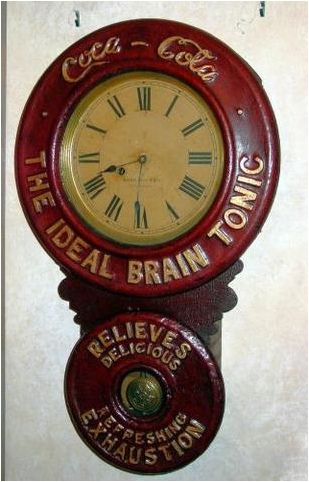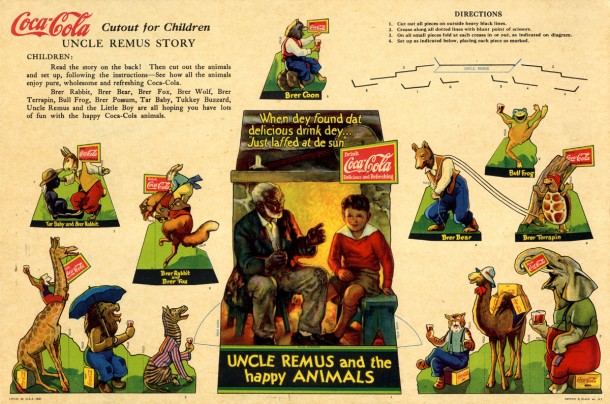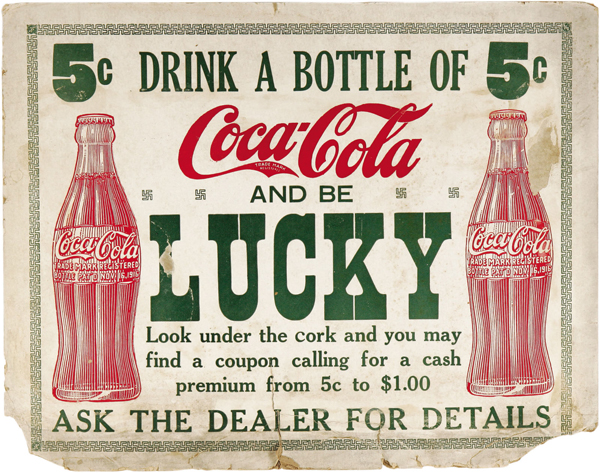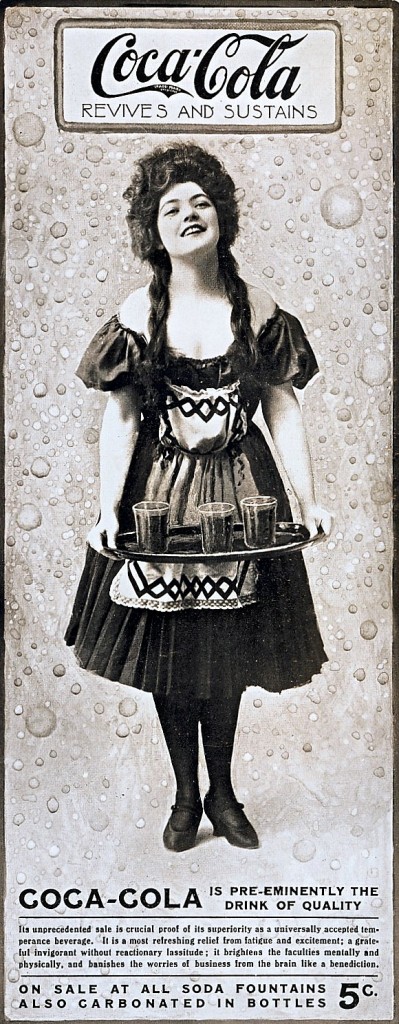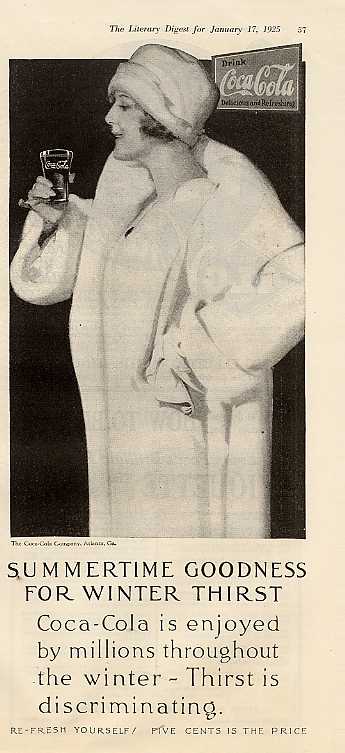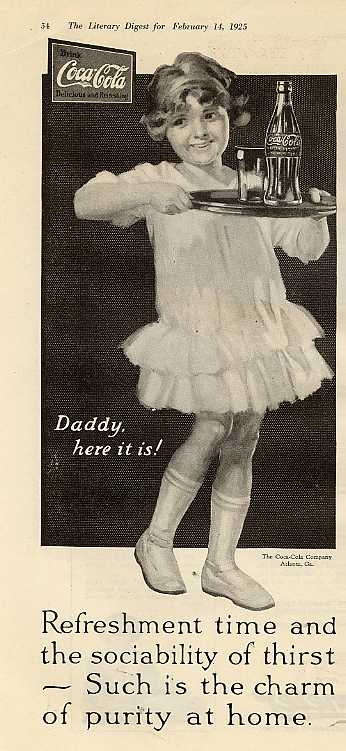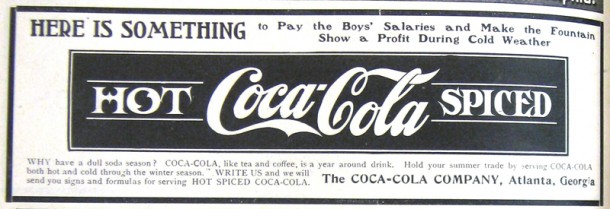Coca-Cola has a history almost as colorful as the drink itself. The Coca-Cola Company’s headquarters are located in Atlanta, Georgia, where the beverage was first concocted in 1886. Since it’s invention by Dr. John S. Pemberton Coca Cola started it’s way to the top, blessed with some of the most visionary and inspired promoters, marketers and advertisers in advertising history.
Coca-Cola Santa Claus 1950 – 1964

The Coca-Cola Santa Claus artwork from 1951 shows Santa reading a list of good boys and girls; there is no list of bad children.
Show more
Coca-Cola Santa Claus 1931 – 1949
Although many credit our modern day Santa to Thomas Nast, Santa’s jolly look all started in 1931 with Haddon Sundblom and Coca-Cola.
Legendary illustrator Haddon Sundblom created the rosy-cheeked figure – today’s traditionally accepted appearance of the jolly old elf – in 1931 for a Coke holiday advertising campaign. Since that time, the Coca-Cola Santa has become one of the most beloved cultural icons and an anticipated part of holiday tradition.
Show more
Coca-Cola advertising clock Circa 1893
Coca-Cola began advertising its products on clocks in 1893, when such novelty advertisements were increasingly common.
Coke would distribute branded clocks to sellers who bought and sold at least 100 gallons of Coca-Cola syrup per year. The first Coca-Cola clocks were made by the Baird Clock Company of Plattsburgh, New York, and had big, round faces with Roman numerals.
At $2.75 each, clocks were relatively expensive to produce, but Coca-Cola made the investment knowing that, because of their usefulness, advertising clocks would stay on display in a store long after posters or other items had been discarded.
Coca-Cola Uncle Remus Cutout 1931
In 1932, the Coca-Cola Company issued a children’s cutout based on the Uncle Remus stories. The Company had negotiated rights with the publisher, Appleton, to use the Arthur Frost illustrations on the advertising. Mrs. Harris sued for copyright infringement. Ultimately, the courts ruled in favor of the Company. While Mrs. Harris had the rights to the stories, the illustrations belonged to the publisher.
Rare 1916 Coca-Cola cardboard advertising sign with swastika motif
Coca-Cola used the swastika again in 1925 when it introduced a watch fob in that design. The swastika was widely used as a symbol of good luck or good fortune prior to the Second World War.
Coca-Cola is pre-eminently the drink of quality 1906
This girl is very sexy and seems to be offering something else not the glasses of Coca-Cola. But the most interesting is the background with the gas bubbles or condensation on the outside of a glass. It is the first in a series where the bubbles of gas form the background for decades.
Coca-Cola magazine ads from 1925
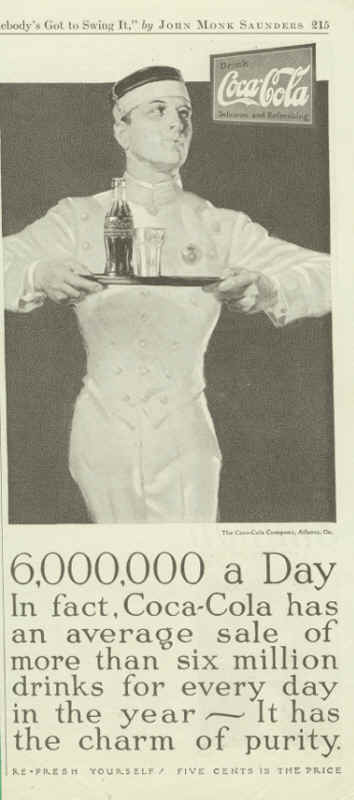
6,000,000 a day. In fact, Coca-Cola has an average sale of more than six million drinks for every day in the year. I has the charm of purity.
Show more
Hot Coca-Cola spiced 1907
Why have a dull soda season? Coca-Cola, like tea and coffee, is a year around drink. Hold your summer trade by serving Coca-Cola both hot and cold through the winter season.

